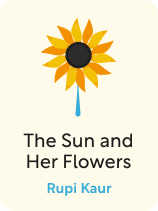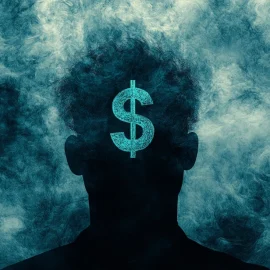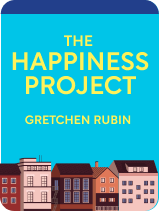

This article is an excerpt from the Shortform book guide to "The Sun and Her Flowers" by Rupi Kaur. Shortform has the world's best summaries and analyses of books you should be reading.
Like this article? Sign up for a free trial here.
What is the true meaning of The Sun and Her Flowers by Rupi Kaur? How can you find a deeper understanding of Kaur’s book of poems?
There is a deep meaning behind each poem in Rupi Kaur’s book, The Sun and Her Flowers. Collectively, Kaur’s poems explain how she dealt with the complex emotions of love, trauma, and insecurities.
Keep reading to learn what the poems in The Sun and Her Flowers mean, according to Kaur.
The Sun and Her Flowers True Meaning
So, what is the overall meaning of The Sun and Her Flowers by Rupi Kaur? This book is a collection of poems by poet and visual artist Rupi Kaur. In this collection, Kaur explores the end of a relationship, her traumas and insecurities, and the people and relationships that inspire her and help her heal. Through her minimalist style of verse and drawings, Kaur connects her own deep emotional experiences to larger social issues around her—misogyny, rape, female infanticide, and negative body image. The true meaning of The Sun and Her Flowers is best explained in three main parts:
- Feeling Pain covers the “Wilting” section of The Sun and Her Flowers and Kaur’s description of ending an abusive relationship.
- Feeling Empty covers the “Falling” section of The Sun and Her Flowers and Kaur’s exploration of her deep-seated depression, insecurities, and trauma from childhood sexual abuse.
- Feeling Hope covers the “Rooting,” “Rising,” and “Blooming” sections of The Sun and Her Flowers and Kaur’s newfound appreciation for her family, her cultural background, and her loving partner.
Part 1: The Meaning of Feeling Pain
The first key meaning in The Sun and Her Flowers is found in the “Wilting” section of Kaur’s poems. Kaur recounts the days, weeks, and months following the end of a long-term relationship. These initial pages express her rage, love, and sorrow, as well as her conflicted feelings toward her abusive ex-partner. Over the course of the first section, Kaur shows that leaving her relationship was the right choice—even though it wasn’t an easy one.
Part 2: The Meaning of Feeling Empty
Even after leaving her abusive partner and beginning to recover emotionally, Kaur still had a long road of healing ahead. After describing her abusive relationship in “Wilting,” the “Falling” section of The Sun and Her Flowers then reflects on the root causes that led Kaur to that relationship in the first place and what they mean. Many of the poems in “Falling” explore Kaur’s feelings of emptiness, depression, and anxiety stemming from deeper traumatic events and powerful insecurities.
(Shortform note: Kaur isn’t alone in her experience of “re-victimization,” or ending up in an abusive relationship after childhood abuse. Studies find that women who suffered childhood sexual or physical abuse are far more likely to end up with abusive partners in their adult lives. Some experts suggest that childhood abuse directly leads to further abuse by teaching a victim that they deserve harsh treatment or that the abuse they suffer is their own fault.)
Part 3: The Meaning of Feeling Belonging
Despite the challenges she faced and the pain and emptiness they brought her, Kaur ends The Sun and Her Flowers on a positive, hopeful note that finds meaning in her pain. In the last three sections of the book (“Rooting”, “Rising”, and “Blooming”), she describes feeling a sense of belonging in her family and romantic life. Though challenges remain, Kaur knows she has the strength to face them and that the people she loves will help her along the way.

———End of Preview———
Like what you just read? Read the rest of the world's best book summary and analysis of Rupi Kaur's "The Sun and Her Flowers" at Shortform.
Here's what you'll find in our full The Sun and Her Flowers summary:
- Explanations and context to better understand Rupi Kaur's poems
- A look into the recurring themes of Kaur's poetry
- What Kaur's poetry can teach us about society and ourselves






